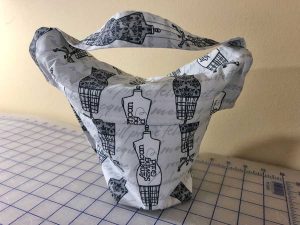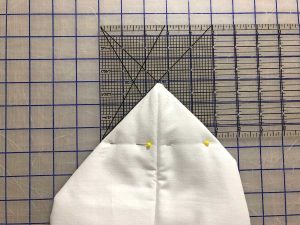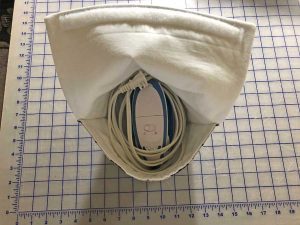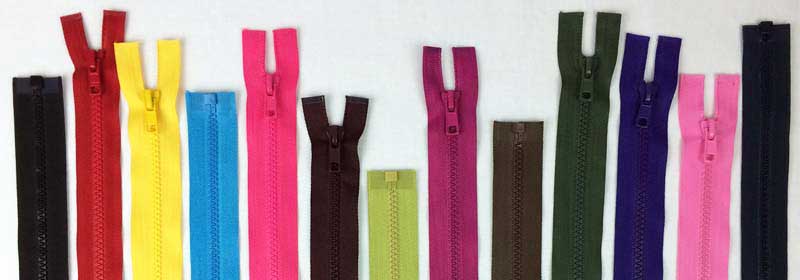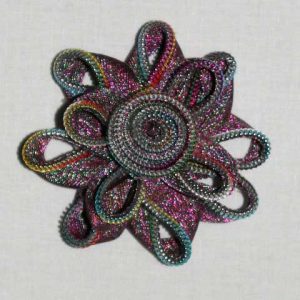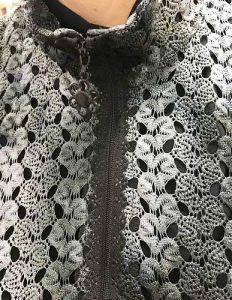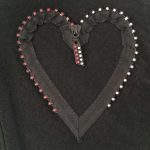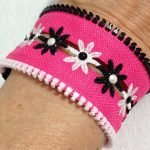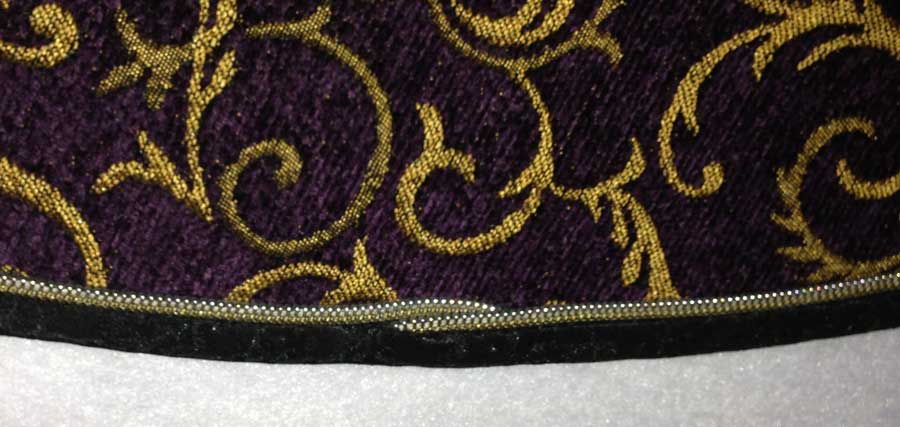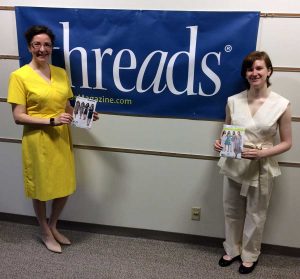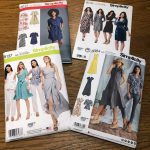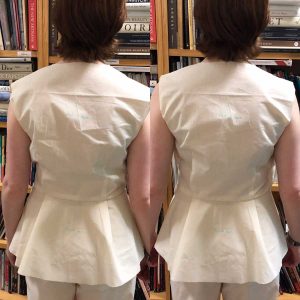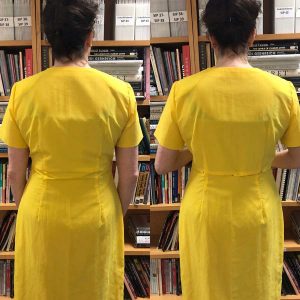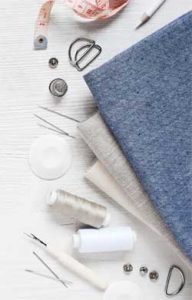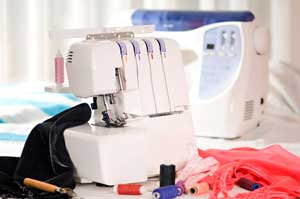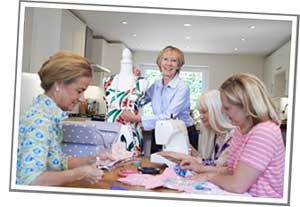 When traveling, I always like to stop in local quilt and fabric stores, as I am sure all ASG members do. We like to see (and probably buy!) fabric that is not available in our local stores. And if you are a quilter, you may like participating in the Row-by-Row project each year, collecting block patterns from the stores you visit. But your travels to other cities in the U.S. can be even more rewarding if you include ASG in your travel plans.
When traveling, I always like to stop in local quilt and fabric stores, as I am sure all ASG members do. We like to see (and probably buy!) fabric that is not available in our local stores. And if you are a quilter, you may like participating in the Row-by-Row project each year, collecting block patterns from the stores you visit. But your travels to other cities in the U.S. can be even more rewarding if you include ASG in your travel plans.
Making Travel Plans
I was in Fort Collins, CO for four months last summer to oversee some remodeling work on a house that we will be moving to. My husband was not able to go with me because he is still working, so I was there by myself. My nearest friends and family were an hour’s drive away! So how do you make new friends during an extended stay? Well, ASG of course!
About a month before I left, I contacted the President of the Fort Collins chapter, Patti Page. I wasn’t sure of the response I might receive; after all, people are busy with work and family. But Patti was very welcoming and told me about their small group meetings and other activities that would be happening during the time I would be there. Turns out, attending some meetings was just the beginning.
- One woman who hosts one of the small groups in her home invited me to another organization’s event which was a tour of a fashion museum on the campus of Colorado State University. There I saw two interesting exhibits—one was 1000+ vintage handkerchiefs while the other was a small exhibit exploring the use of orange in fashion over the decades. Although I have visited Fort Collins many times over the past 30 years, I never knew about this museum.
- From another member, I learned about two stores in Denver that are a must-visit. I never made it to Denver, but I now have places to visit when we move. From another member I learned about a small but very interesting modern quilt exhibit.
- From yet another member, I learned of a class that was being offered by the Greeley chapter and I was able to sign up for that class. I may have eventually learned of these things, but reaching out to the local ASG chapter greatly accelerated that process.
So next time you are planning a trip, include ASG in your plans. You can find fabric stores without anyone’s help, but you’ll get the inside scoop of other interesting sewing-related events going on if you reach out to members of the local chapter where you are visiting. It need not be an extended stay like mine to take advantage of the knowledge of the local sewing scene.
Your ASG membership is not just with one chapter; you are a member of a nation-wide organization and have a wonderful opportunity to take advantage of having a group of ready-made friends who share your interests.
Not a member of ASG? Join now!
~Leta Smith, member since 2015, Houston Chapter





